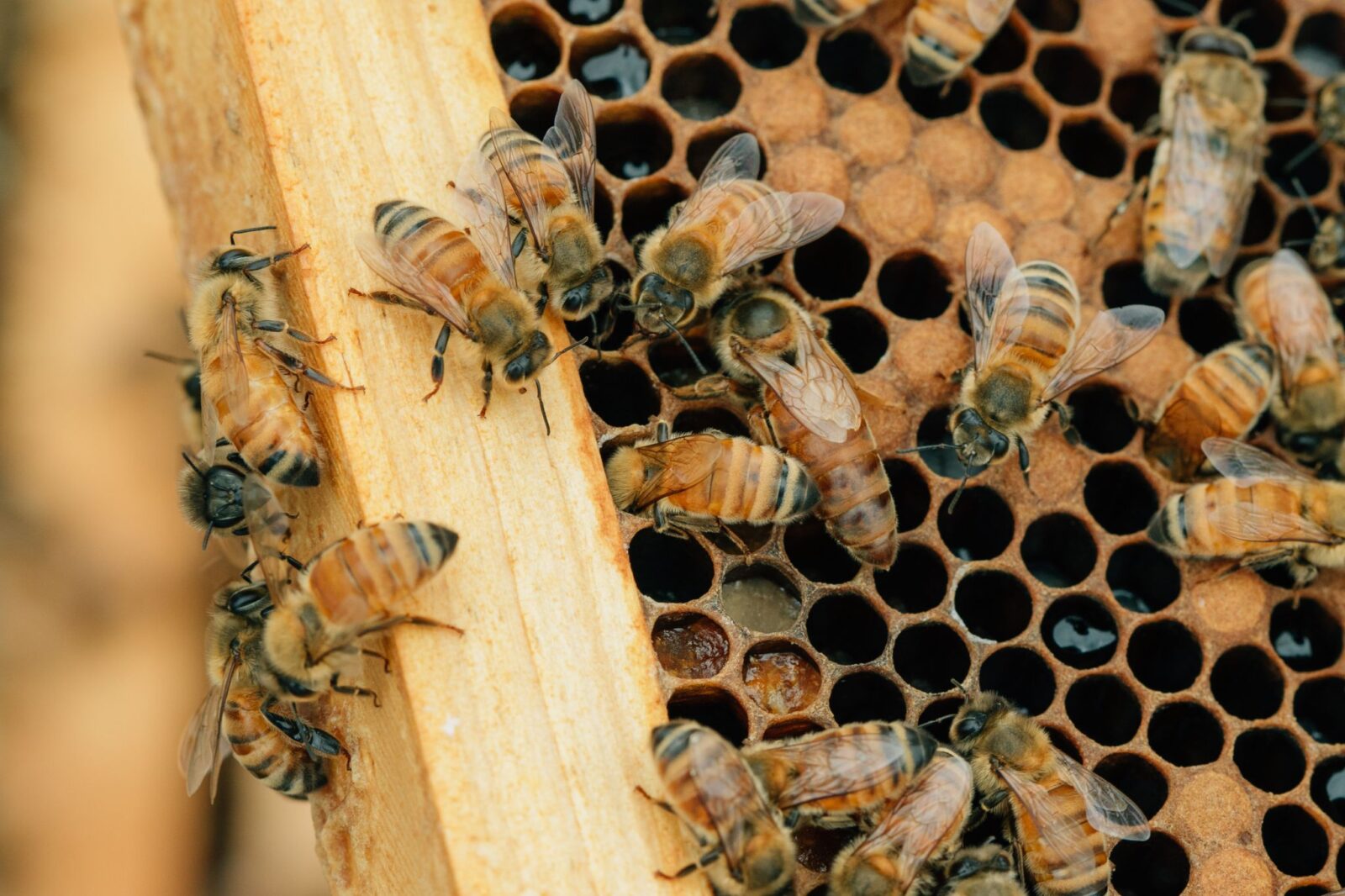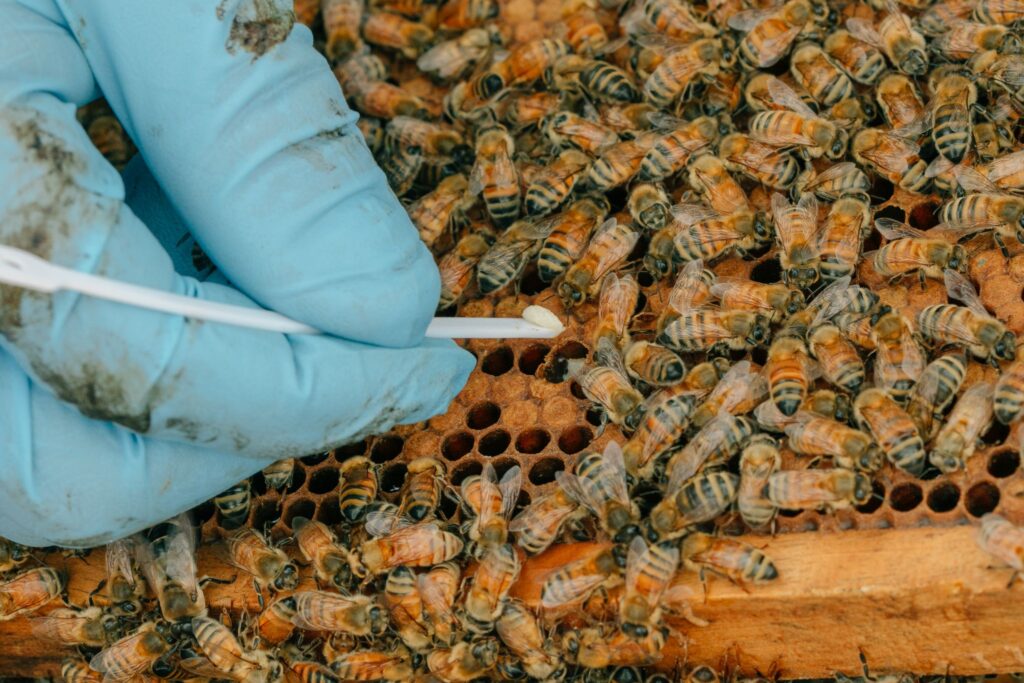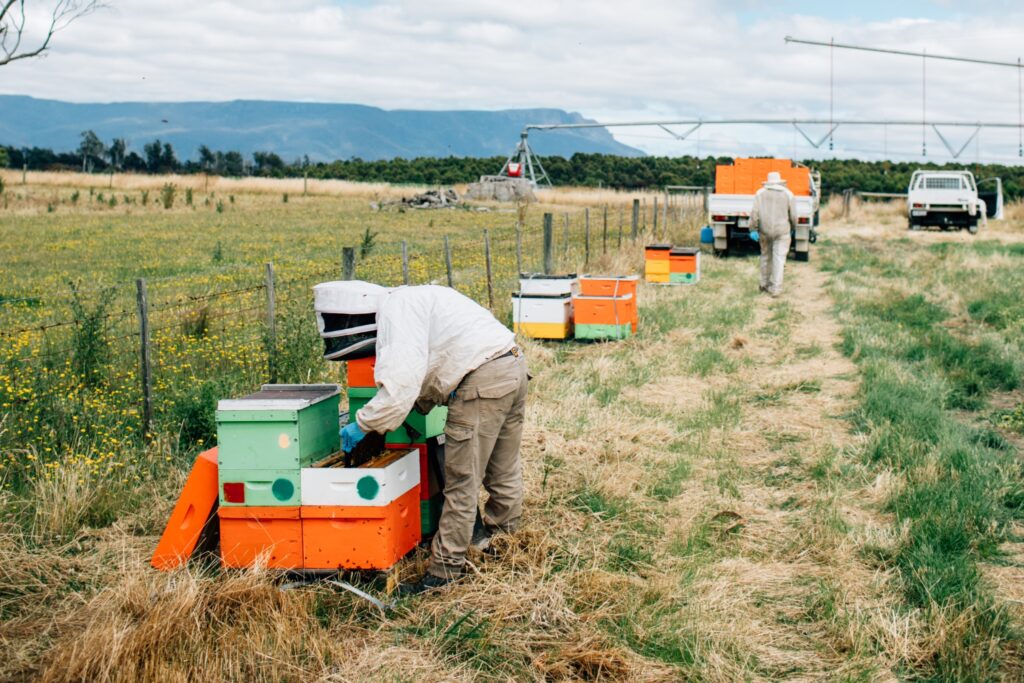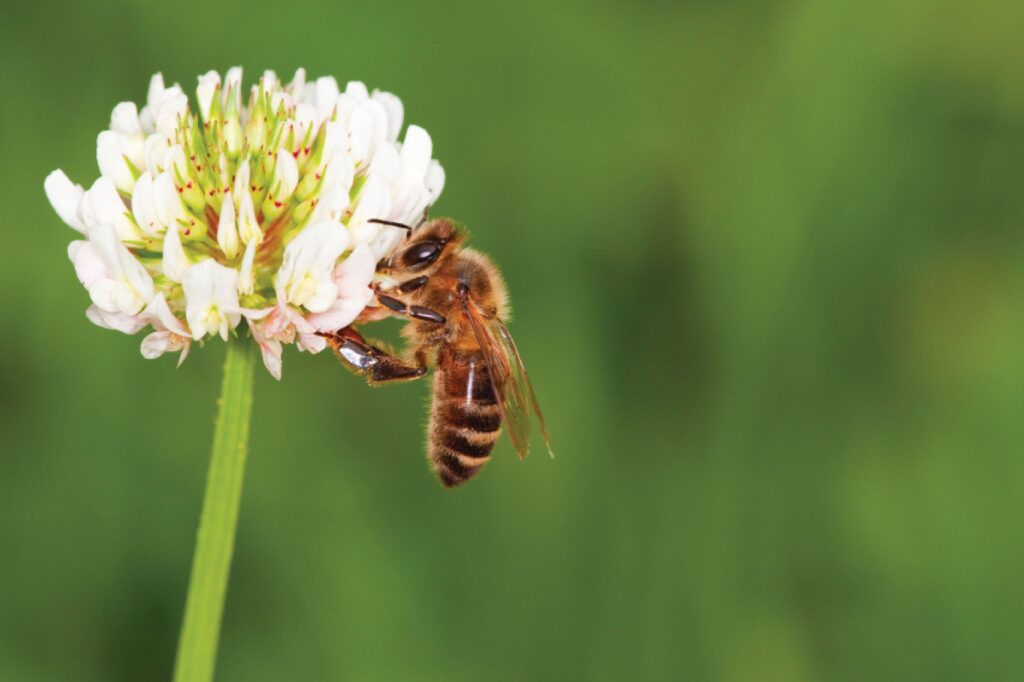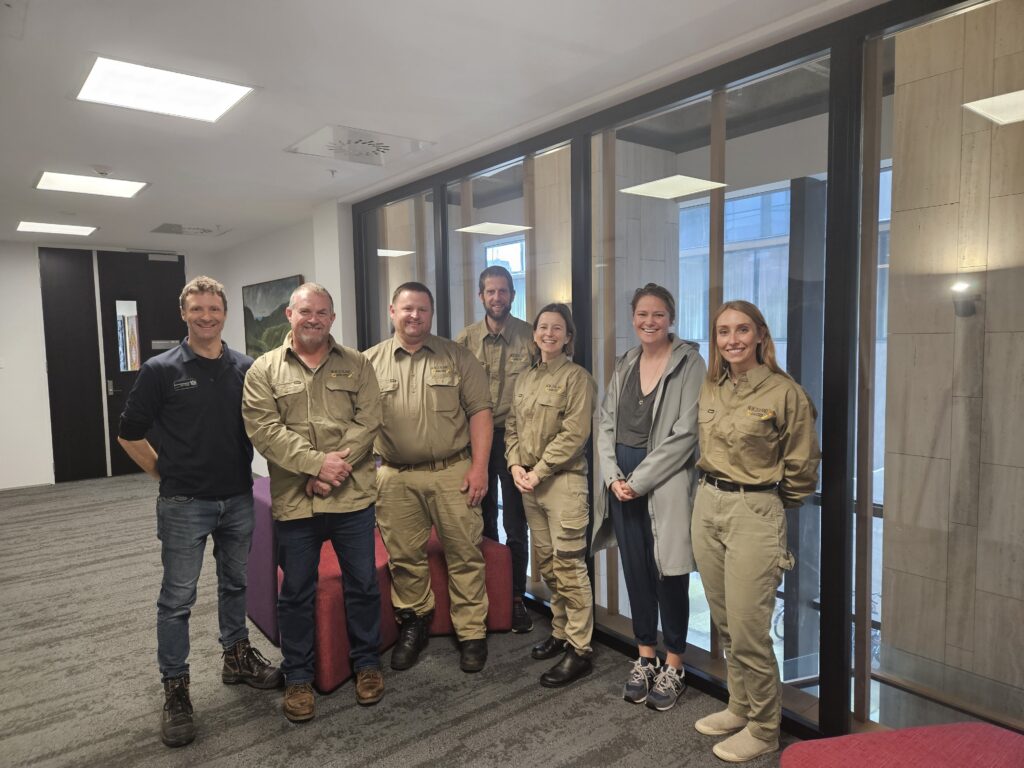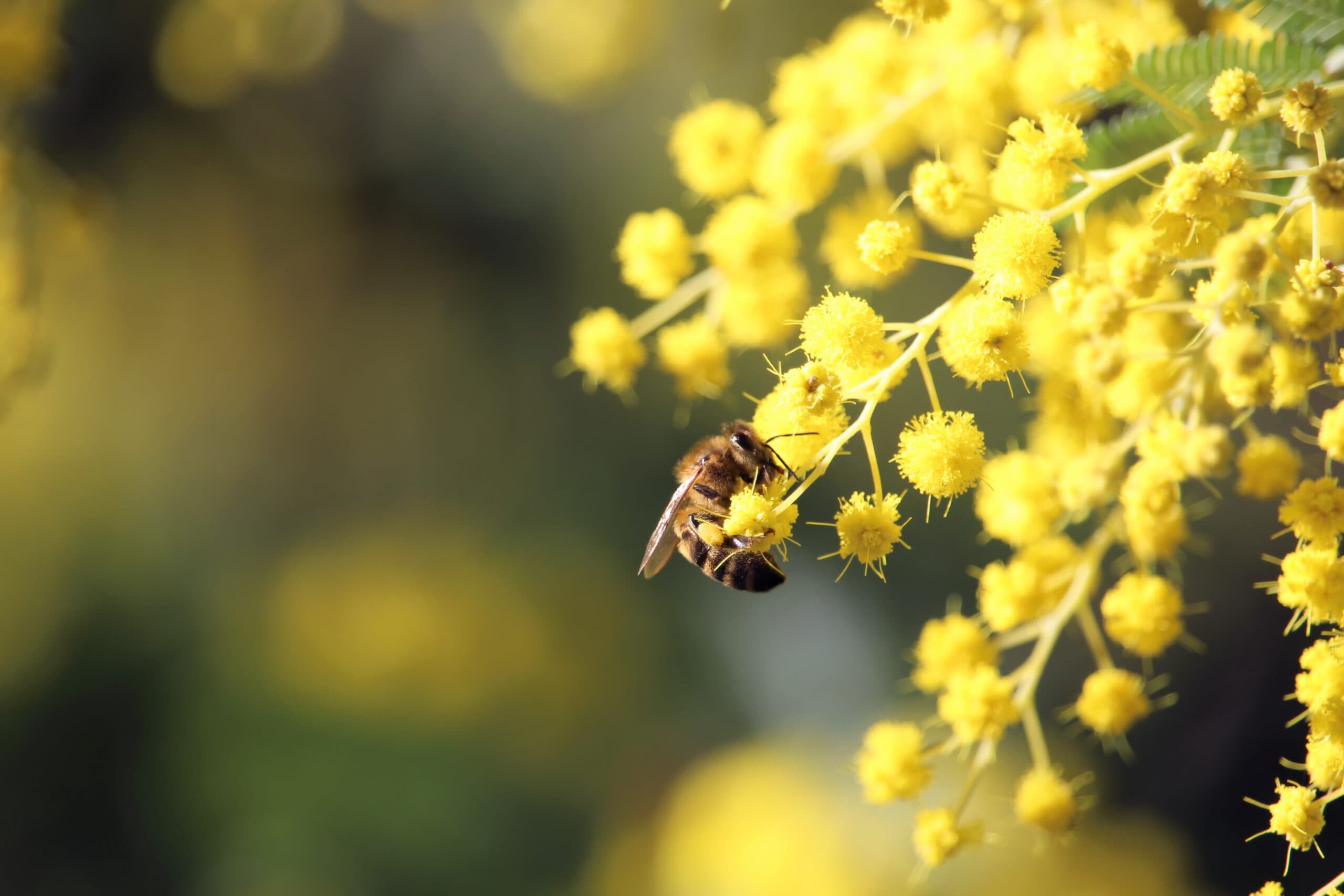 Honey Bee & Pollination
Honey Bee & Pollination
Creative investment approach facilitating innovative solutions
Early-career researchers and industry bodies benefiting from development grants program that is having a major impact.
2 min read

